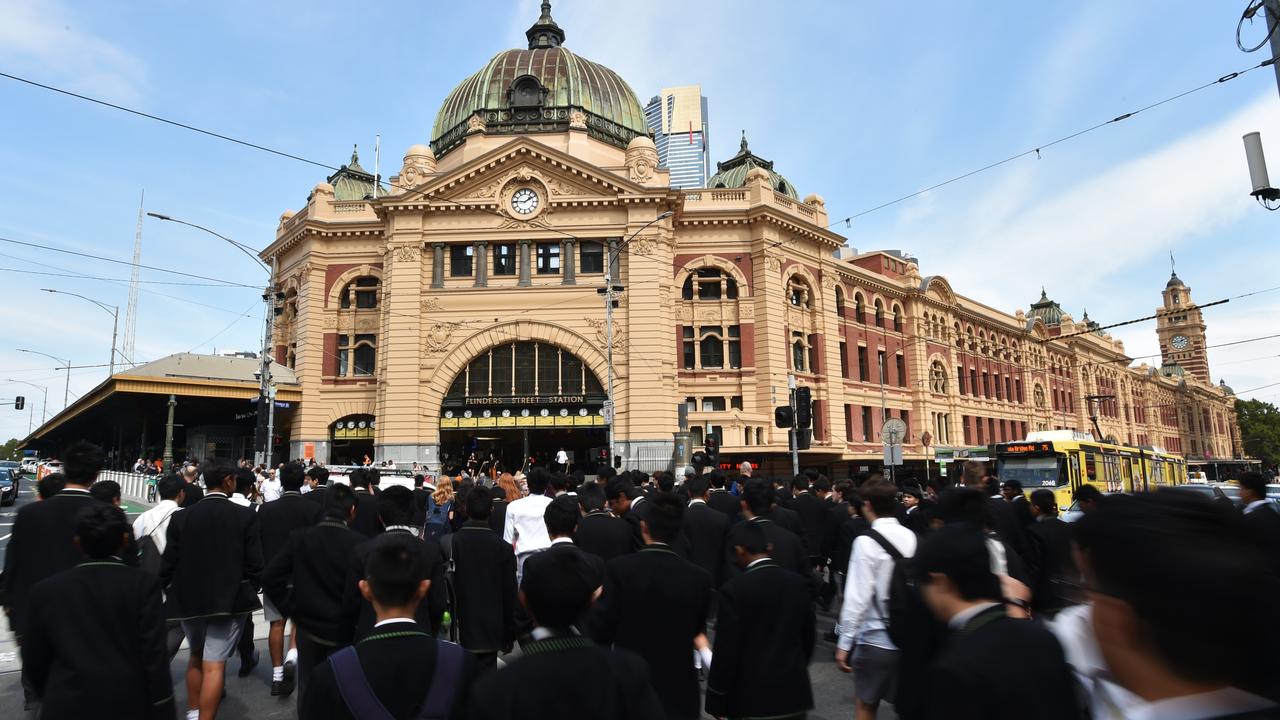Federal election 2016: economy offers both sides fuel
The Coalition looks at the production figures and hails the success of its economic plan while Labor looks at the income and says households are doing it tough.
The politics of the economy are never straightforward. John Howard lost office and his seat at the end of an unprecedented boom in both output and national income. Labor was unable to extract any electoral dividends from its success in steering Australia through the global financial crisis better than any other advanced nation.
Studies show economic conditions do have an effect on voting patterns. High unemployment and high inflation cost the government votes, no matter which party is in government. Trends in real wages appear to have no significant effect. Neither unemployment at 5.7 per cent nor inflation at only 1.3 per cent are a problem for the Coalition at the moment.
Opposition assistant Treasury spokesman Andrew Leigh researched in this field in his former career as an academic economist. Although opinion polls consistently show voters trust the Coalition over Labor when it comes to economic management, he found the actual voting patterns reveal little difference. In a study of every federal election since 1903, he found that although there seemed to be a slight preference for Coalition governments in poor times and Labor governments in good times, the difference was insignificant.
However, in another piece of research, he looked at 200 elections around the world and found voters appeared to take more notice of global economic conditions than they did of the local economy.
An additional percentage point of global growth lifts a leader’s chances of being re-elected by 7 per cent but an additional percentage point of domestic growth boosts the leader’s chances by only 3 per cent. Good economic luck, he concluded, mattered more than good management.
There is a global element to the weakness in income growth. Across the advanced world, the recovery from the GFC has been more halting than expected, while wages have stagnated. Even in the US, where the jobless rate is below 5 per cent, wages are standing still.
The absence of wage growth appears to be connected with declining productivity, poor business investment, weak inflation and the lowest interest rates in recorded history going back to Babylonian times. Economists have no clear explanation and governments have no answers. It bears some similarities to the 1970s when neither economists nor governments could respond to rising inflation and unemployment, and the world faced a decade of stagnation.
There is a political cost. During the past year, governments have been rejected at polls in Greece, Canada, Poland, Portugal, Spain and Ireland.
The rise of Donald Trump in the US reflects a belief among the white working class that the existing political establishment does not represent their interests.
The Australian Election Study, conducted by the Australian National University at every election since 1987, shows Tony Abbott won the 2013 election with less personal support than any previous successful leader. Yet, this year, Newspoll shows more voters are undecided about which leader they prefer than ever. Six weeks out from the 2013 election, 16 per cent of voters were undecided about which leader they preferred. The latest Newspoll shows 24 per cent are still uncommitted.
Bill Shorten is trying to exploit that alienation with his line the Coalition is all about a $50 billion tax cut to “the big end of town” while Labor offers support for health and education. Malcolm Turnbull is trying to convince voters he has a plan for the economy that will make them better off.
Westpac’s monthly consumer sentiment survey conducted with the Melbourne Institute highlights the tensions in the electorate. Consumer confidence jumped in the wake of the simultaneous interest rate cut and budget last month. Consumer confidence has generally fallen after budgets ever since we lost Peter Costello dressed as Santa Claus with a sackful of tax cuts. The rise this time owes more to the Reserve Bank than Scott Morrison, but at least people did not see the budget as harmful. Consumers across the spectrum responded favourably, although there are differences. A large majority of Coalition voters is now optimistic about the future while a small majority of Labor and Greens voters and the undecided remains pessimistic.
The index is compiled from a series of questions about family finances, the economy and whether it is a good time to buy major household items. Consumers are becoming more confident about the future for the economy and for their own family finances. However, consumers saying their household is financially worse off now than it was a year ago outnumber those who say there has been improvement by 15 percentage points.
Westpac also finds that despite the jobless rate coming down from 6.3 per cent to 5.7 per cent in the past six months, households remain worried about the outlook for employment, with a majority expecting unemployment to rise.
It is an insecurity that Turnbull’s “most exciting time to be an Australian” theme does nothing to appease.
There are regional differences. Strong capital city house price gains everywhere except Perth and Darwin are making households feel better. West Australians are suffering such a sharp fall in income as mining jobs are lost that it is skewing the national averages. Unemployment is high or rising in Western Australia, South Australia and Tasmania, as well as in the north of Queensland. It is no surprise the Coalition is concerned about its seats there.
However, at least the Coalition is talking about the economy and strategies to lift growth. Labor is focused on the weakness in the economy and is tapping into fear.



The national accounts show an economy where everyone is working harder and producing more but getting less for it. Production is up, as it has been every year since 1991, but national income is at a standstill. The average wage has risen only 1.8 per cent in the past two years.